Best movies like Eine Nacht in Venedig
A Night in Venice
A unique, carefully handpicked, selection of the best movies like Eine Nacht in Venedig Starring Anton De Ridder, Sylvia Geszty, Jon Piso, Cesare Curzi, and more. If you liked Eine Nacht in Venedig then you may also like: Victor and Victoria, Waltzes from Vienna, Oh... Rosalinda!!, Nur eine Nacht, The Rebel and many more popular movies featured on this list. You can further filter the list even more or get a random selection from the list of similar movies, to make your selection even easier.
Eine Nacht in Venedig (A Night in Venice) is an operetta in three acts by Johann Strauss II. Its libretto was by F. Zell and Richard Genée based on Le Château Trompette by Eugène Cormon and Richard Genée. The farcical, romantic story involves several cases of mistaken identity. The piece premiered in 1883 in Berlin and then Vienna. It became one of Strauss's three most famous stage works and has been seen in New York, London and elsewhere, and has been adapted for film.
You may filter the list of movies on this page for a more refined, personalized selection of movies.
Still not sure what to watch click the recommend buttun below to get a movie recommendation selected from all the movies on this list
Oh... Rosalinda!!
In post-war Vienna, Rosalinda and her husband become embroiled in a series of complicated escapades that puts their marital bliss at risk.
The Rebel
"Poliziotti solitudine e rabbia" or "Ein Mann namens Venedig" (A Man called Venice), as it was called in Germany, is an Italian-German crime drama co-production from 1979, filmed mainly in the snowy winter of bleak West-Berlin. Italian cop Nick, played by gangster movie veteran Maurizio Merli, goes to Berlin to find the head of an International European blackmailing gang who has murdered several people. He investigates undercover as a contract killer for the gangsters, but of course becomes immediately the target of his enemies and has to fight hard to save his life...
Head Over Heels
Ordinary single girl Amanda Pierce unexpectedly finds herself sharing an awesome Manhattan apartment with four sexy supermodels. Determined to bring Amanda into their world, the models give her the ultimate makeover. The plan works fabulously as Amanda connects with next door charmer Jim Winston. That is, until one night...
The Merchant of Venice
The film "Der Kaufmann von Venedig" ( The Jew Of Mestri ) was written, produced and directed by Peter Paul Felner in the silent year of 1923 and is a free adaptation of "Merchant of Venice" written by Herr William Shakespeare. It is an elegant and expensive German film production that was shot on location in beautiful and decadent Venice with some of the most important Teutonic actors of the time: Henny Porten, Harry Liedtke und Werner Krauss and even the mysterious Max Schreck.
Die Fledermaus
The delightful Johann Strauss comic opera Die Fledermaus was mercilessly lampooned in this truly bizarre production. For starters, a framing device has been added: After appearing in 300 consecutive appearances of Fledermaus (which translates as The Bat) the lead tenor (Georg Alexander) imagines that he's seeing bats everywhere. Driven a bit over the edge by all this, he falls asleep and has a nightmare about the opera, with a group of non-singers cast in the leading roles. The original libretto about romantic assignations, political imprisonments and mistaken identity is burlesqued to the hilt: at one point, the hero finds out that his prison cell is surrounded by rubber tubes!
The Great Victor Herbert
In his last film assignment, portly Walter Connolly fills the title role (in more ways than one) in The Great Victor Herbert. Very little of Herbert's life story is incorporated in the screenplay (a closing title actually apologizes for the film's paucity of cold hard facts); instead, the writers allow the famed composer's works to speak for themselves. In the tradition of one of his own operettas, Herbert spends most of his time patching up the shaky marriage between tenor John Ramsey (Allan Jones) and Louise Hall (Mary Martin). Many of Herbert's most famous compositions are well in evidence, including "Ah! Sweet Mystery of Life", "March of the Toys" and "Kiss Me Again", the latter performed con brio by teenaged coloratura Susanna Foster. Evidently, the producers were able to secure the film rights for the Herbert songs, but not for the stage productions in which they appeared, which may explain such bizarre interpolations as having a song from Naughty Marietta.
The Great Waltz
Composer Johann Strauss risks his marriage over his infatuation with a beautiful singer.
Horowitz: The Last Romantic
A stimulating study which features concert footage and interviews with the master pianist. Includes many of his favorite pieces.
The Pirates of Penzance
Brent Carver stars as the swashbuckling Pirate King in the famous Stratford Festival's rollicking production of the Gilbert & Sullivan classic that pits British bobbles against unlikely pirates on the Cornish coast. Sullivan regarded this operetta - a hit ever since its first production in New York in 1879 - as the best comedy he composed. He even said of his collaborator, "The libretto is ingenious, clever, wonderfully fun in parts and sometimes brilliant in dialogue - beautifully written for music, as is all Gilbert does." Indeed, audiences will find the music every bit a match for the lyrics, with the genius of the score lying in its parody of grand opera. Filmed in 1985 at the world-famous Stratford Shakespeare Festival in Stratford, Ontario.
Merry & Bright
Cate, CEO of the Merry and Bright Candy Cane Company, meets Gabe during the busy Christmas season. She assumes Gabe is the suitor her well-meaning mother is trying to set her up with when in reality, he works for Empire Corporate Recovery, which has been hired to take a closer look at Merry and Bright's operation and find ways to make the company more profitable. As Cate and Gabe begin to work together, they find ways to elevate the business and find that they have more in common than savvy business sense.
National Theatre Live: London Assurance
Grace has agreed to marry Sir Harcourt in return for his financial support of her family. At a house party in her father's place, Harcourt's son Charles also falls in love with Grace. When his father appears on the scene, he has to convince him that there is a case of mistaken identity and he is somebody else. Then Lady Gay Spanker, a married woman also visiting at the house, is persuaded by Charles to seduce his father and thus divert his attention from Grace. Much confusion and scheming ensues.
Wiener Blut
An operetta with music by Johann Strauss II. However, he did not see the premiere. Wiener Blut is set at the time of the Congress of Vienna, 1814-1815, an international conference that sought to settle Europe after the upheavals of the Napoleonic Wars, and follows a traditional operetta plot full of mistaken identities. Count Balduin Zedlau, ambassador of the tiny court of Reuss-Schleiz-Greiz, is posted to Vienna. Count Zedlau is married but a real Don Juan always looking for a new encounter. Many of Strauss' compositions are used in the operetta although he did not specifically composed them for the operetta.
The Gypsy Baron
In the Temesvar Province, a landowner returned from exile marries a gypsy girl who is revealed to be the daughter of a Turkish Pasha and the rightful owner of a hidden treasure. Next to "Die Fledermaus", DER ZIGEUNERBARON is Johann Strauss’s most popular operetta. The libretto gave Strauss the chance to revel in such contrasting musical forms as the Csárdás and the Viennese waltz. The style of the lied forms and ensembles is so original and finely balanced that the "Gypsy Baron" can truly be called a comic opera. Among the leading names of the stellar cast in this exuberant 1975 film of the operetta are Wolfgang Brendel, Ivan Rebroff, Janet Perry, Ellen Shade, Martha Mödl and, in the role that launched his career, Siegfried Jerusalem as Sándor Barinkay.
A Night in Venice
A German-language film loosely based on the 1883 operetta Eine Nacht in Venedig (A Night in Venice) by Johann Strauss II. The film was also made into separate Hungarian-language version Egy éj Velencében based on the same screenplay. The two versions were shot simultaneously. The Hungarian version was co-directed by Wiene and Géza von Cziffra and used a separate cast of Hungarian actors. From Wikipedia.
Abbado: The Silence that Follows the Music
Shot over a two-year period observing Abbado: a) Rossini, Overture to 'll Barbiere di Siviglia' b) Schubert, Symphony no. 2 B-Major, D. 125 c) Arnold Schonberg, Kammersinfonie no. 1 E-Major op. 9 (Filmed in Venice, Gran Teatro La Fenice, in February 1995, Chamber Orchestra of Europe). a) Richard Strauss, Elektra (Deborah Polaski, Karita Mattila, Marjana Lipovsek, Ferrucio Furlanetto) b) Beethoven, Symphony no 6 F-Major, op. 68, 'Pastorale' (Filmed in the Festspielhaus Salzburg on the occasion of the Easter Festival, April 1995, Berlin Philharmonic). a) Beethoven, Concerto for piano and orchestra no. 3 C-MINOR, OP. 37 (Maria Joao Pires) b) Bruckner, Symphony no. 9 D-Minor (Filmed in Paris, Cite de la Musique, in August 1995, Gustav Mahler Youth Orchestra).
Für eine Nacht... und immer?
On a business trip, Eva meets 21-year-old Tom. After a one-night stand, Eva would like to leave her with this "slip-up". But Tom fascinates her too much, and so the successful scientist lets herself into an affair with him. While for Tom neither age difference nor any conventions are an issue, Eva remains doubtful.
Pelléas et Mélisande
Pelléas et Mélisande (Pelléas and Mélisande) is an opera in five acts with music by Claude Debussy. The French libretto was adapted from Maurice Maeterlinck's Symbolist play Pelléas et Mélisande. It premiered at the Opéra-Comique in Paris on 30 April 1902 with Jean Périer as Pelléas and Mary Garden as Mélisande in a performance conducted by André Messager, who was instrumental in getting the Opéra-Comique to stage the work. The only opera Debussy ever completed, it is considered a landmark in 20th-century music.
Die Fledermaus
After the Viennese premiere, the Fledermaus (the bat) conquered the world. It is one of the few operettas that are regularly performed at the major opera houses such as the Metropolitan Opera, the Scala Milan, the Vienna State Opera and the Royal Opera House Convent Garden in London. John Cox directed this lavishly equipped production by Julia Trevelyan Oman initially in London in 1977. On New Year's Eve 1990, this staging offered the luxurious ambiance for the farewell to Joan Sutherland from her London audience. The singer had admired them since her first great success at this prestigious opera house in the fifties. The rushing feast in the second act reached its climax with its stormy cheered performance and the commitment of her friends and colleagues Luciano Pavarotti and Marilyn Horne, with whom she often stood together on the stage.
Strauss II: Die Fledermaus
Glyndebourne's pulsating new production of the Waltz King's much-loved comic operetta. Its story centers on a magnificent masked ball, given by a Russian prince, that brings together all the main characters in various disguises. The three-act journey from boudoir to ballroom to jail provides ample opportunities for farce and humor, but also for genuine human emotion and a surprisingly realistic view of urban life.
Die Fledermaus
Most opera houses ring in the New Year with Johann Strauss Jr.'s most popular operetta--the festiveness of which is appropriate for the occasion--and this December 31, 1983, Covent Garden performance follows suit. An exceptional cast--led by Hermann Prey and Kiri Te Kanawa as the couple whose marriage survives the comic indiscretions of three long acts--obviously has as much fun as the audience. Plácido Domingo leads the Orchestra of the Royal Opera House through its paces with panache. Prince Orlofsky's Act II party is always a splendid opportunity to pull out all the stops with surprise "guests," and this performance makes the most of its chance: entering the proceedings to sing one of his tailor-made chansons, "She," is French crooner Charles Aznavour, who is followed by dancers Merle Park and Wayne Eagling, their delightful pas de deux flashily choreographed by Sir Frederick Ashton.
Die Fledermaus
Performances from Pamela Coburn, Brigitte Fassbaender, Janet Perry, Eberhard Wachter, the Choir und Ballet der Bayerischen Staatsoper, and the Bayerisches Staatsorchester. Rosalinde, wife of Eisenstein, is having an affair with Alfred. Eisenstein is due to begin a prison sentence the next morning, and the prison governor, Frank, is expected to collect him at any moment. However, Eisenstein allows himself to be talked into attending a fancy dress ball by Dr Falke, and when Frank arrives to find Alfred with Rosalinde, he assumes him to be Eisenstein and carts him off to prison.
La Traviata
La traviata (Italian: [la traˈviaːta], "The Fallen Woman"[1][2]) is an opera in three acts by Giuseppe Verdi set to an Italian libretto by Francesco Maria Piave. It is based on La dame aux Camélias (1852), a play adapted from the novel by Alexandre Dumas, fils. The opera was originally entitled Violetta, after the main character. It was first performed on 6 March 1853 at the La Fenice opera house in Venice. Piave and Verdi wanted to follow Dumas in giving the opera a contemporary setting, but the authorities at La Fenice insisted that it be set in the past, "c. 1700". It was not until the 1880s that the composer and librettist's original wishes were carried out and "realistic" productions were staged.[3]
The Count of Luxembourg
Der Graf von Luxemburg (The Count of Luxembourg) is an operetta in three acts by Franz Lehár to a German libretto by Alfred Willner, Robert Bodanzky, and Leo Stein. A Viennese take on bohemian life in Paris at the beginning of the 20th century, the story revolves around an impoverished aristocrat and a glamorous opera singer who have entered into a sham marriage without ever seeing each other and later fall in love at first sight, unaware that they are already husband and wife.
Eine verhängnisvolle Nacht
Hannah, mother of two children, is a teacher at a Hamburg high school. She falls in love with her new colleague Bernd Vossler - not knowing what the consequences are. Hannah enjoys being in love with her new boyfriend, but sometimes she is amazed at his behavior. If Bernd does not succeed in something or he is under pressure, he loses his composure and his hand sometimes slips. On a fateful night, Bernd crosses all boundaries.


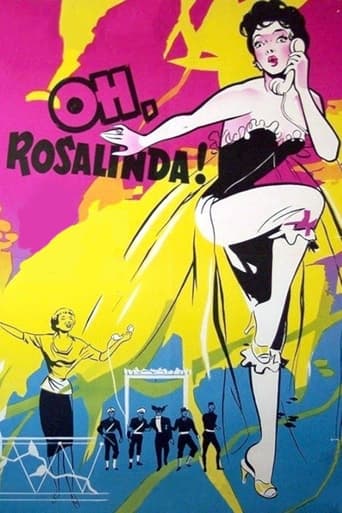







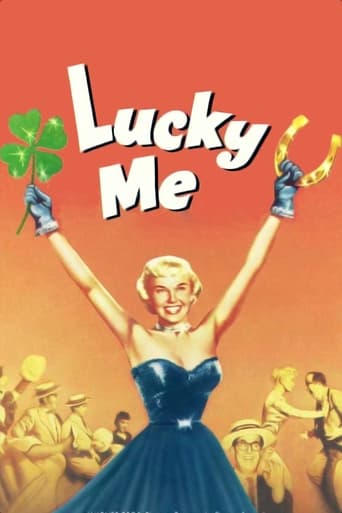





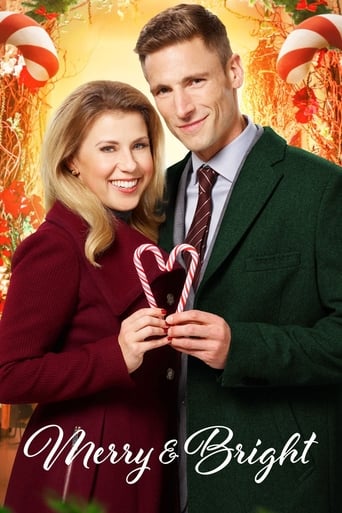


















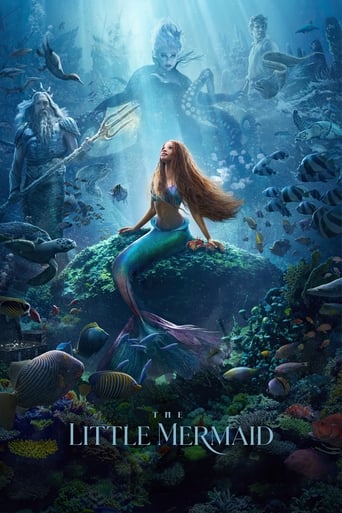
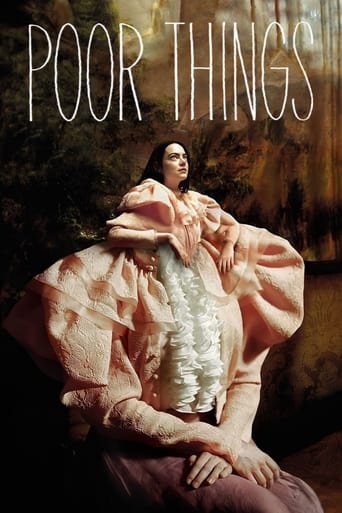
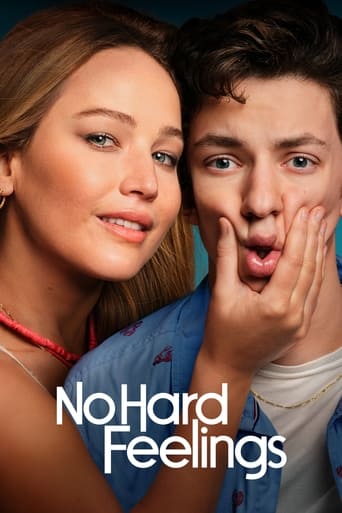

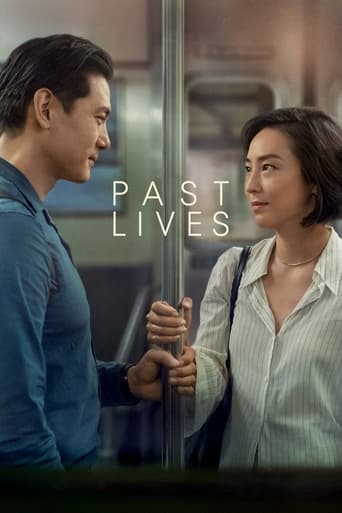
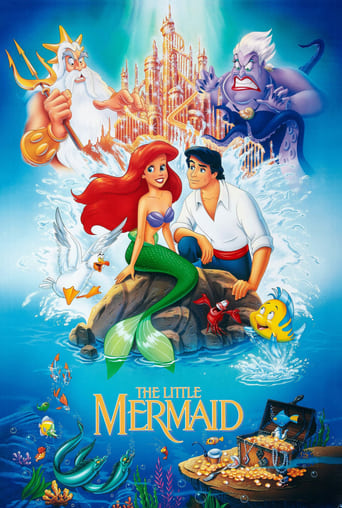
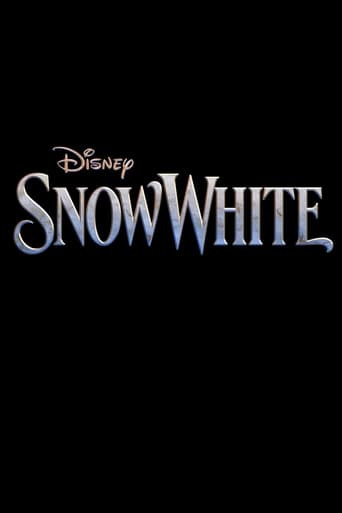
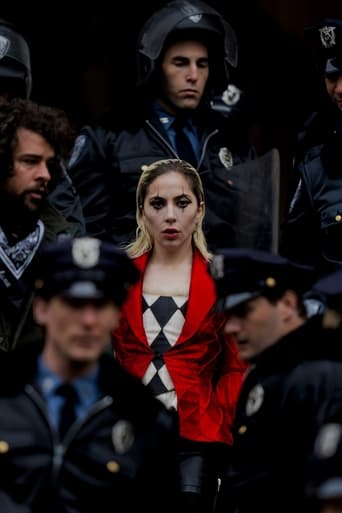
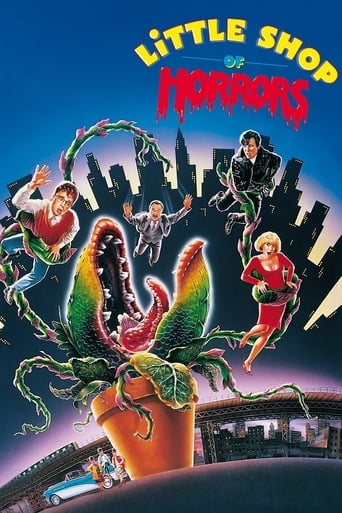
Victor and Victoria
Aspiring singer Susanne takes over one night for her sick colleague, the slap-stick actor Viktor, at a small cabaret in Berlin where he works as a female impersonator. By chance, Susanne is then "discovered" by an agent, who thinks she′s really a man. She becomes famous and goes on tour to London. But when the local womanizer Robert catches on to her game, Viktor then has to jump in for Susanne as "Viktoria".